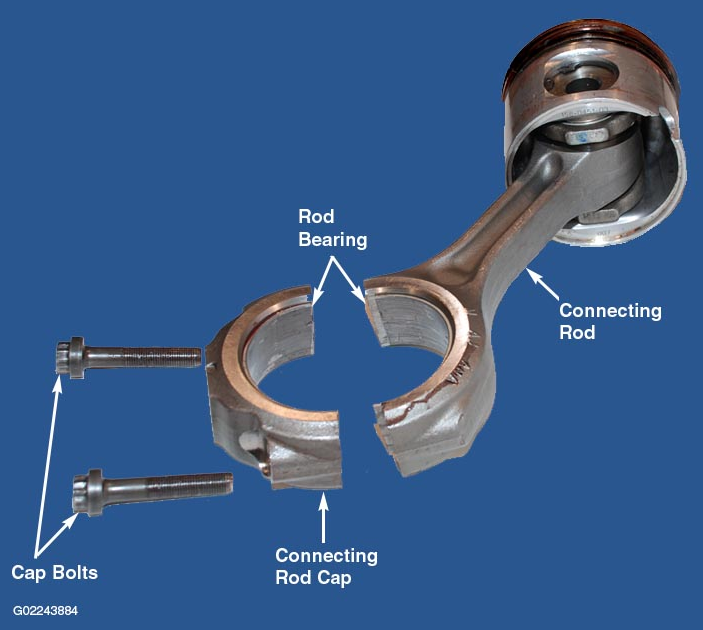Cracking a connecting rod might sound like a destructive process, but in the context of manufacturing, it’s actually an essential technique used to create high-quality, precise components for internal combustion engines. In this article, we delve into the intriguing process of how to crack a connecting rod using the fracture splitting (cracking) method.
The Need for Cracking a Connecting Rod
The term “cracking” refers to the fracture splitting method used during the manufacture of connecting rods. The process involves creating a deliberate, controlled crack at the larger end of the connecting rod. This technique allows the two halves of the rod to fit together perfectly when reassembled around the crankshaft.
The Fracture Splitting Method
Fracture splitting is a controlled process that relies on the material properties and the specific design of the connecting rod. It involves making a small notch in the rod and then applying pressure until the rod cracks along the notch. The resulting fracture has a rough, uneven surface that ensures a perfect fit when the two halves are rejoined.

Advantages of Cracking a Connecting Rod
There are several advantages to this method. It ensures a perfect fit of the cap and rod, improving the alignment and reducing wear. Furthermore, the process is cost-effective and more efficient than other methods of splitting the connecting rod.
The Reassembly Process
Reassembling the two halves involves aligning them and inserting bolts through the matching holes in the cap and rod. The unique surface of the fracture ensures a perfect alignment, making the connecting rod as strong as if it were a single piece.
In Conclusion: The Art of Cracking Connecting Rods
Cracking a connecting rod is a unique and ingenious manufacturing process. It demonstrates how manufacturers harness the properties of materials and apply controlled force to create more effective and durable engine components. So, when you hear about how to crack a connecting rod, remember that it’s an art in the world of manufacturing, contributing to the high performance and reliability of your engine.